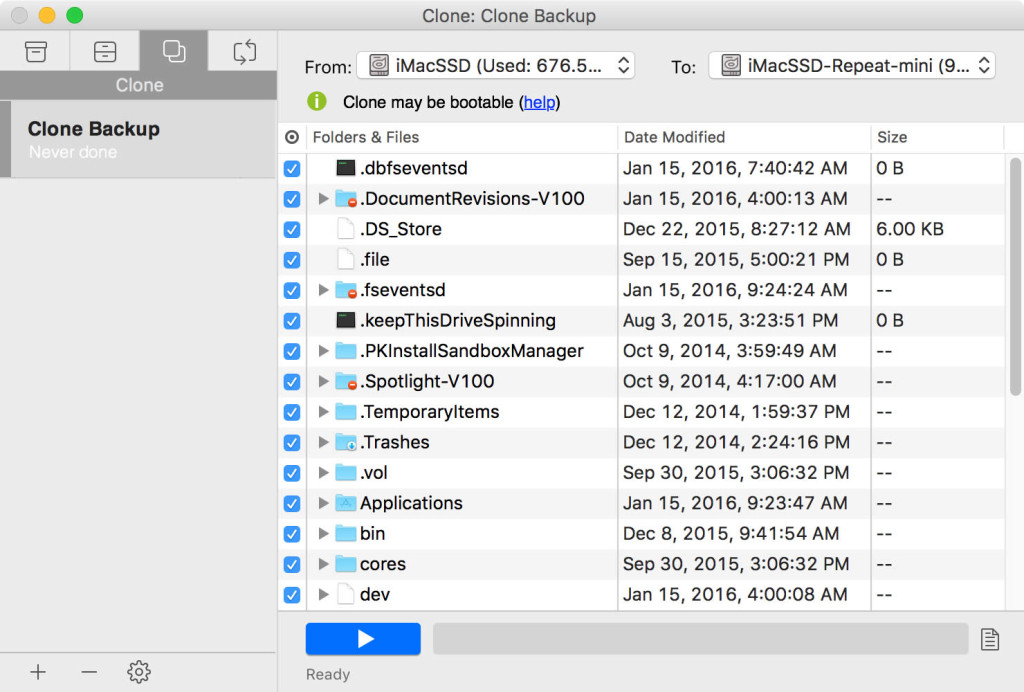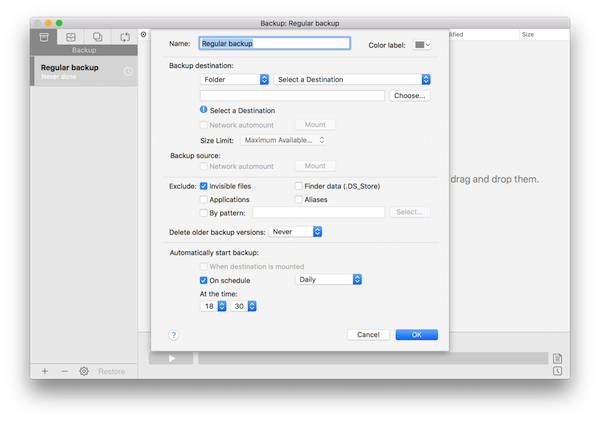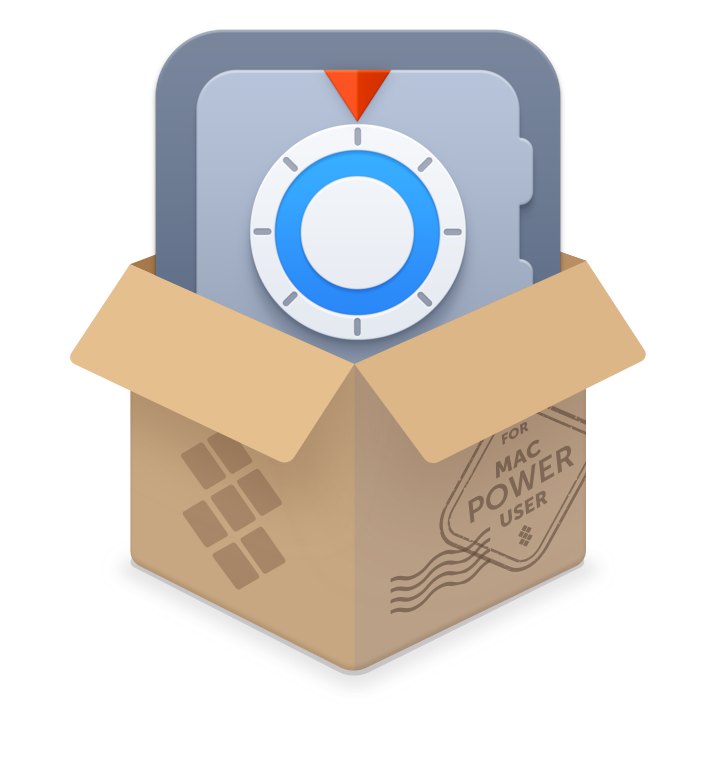


But with Time Machine, it just pops right back into place and Time Machine / Photos handles the database edits required. Recovering a deleted Photos photo (or Aperture photo RIP) from a file based backup is a pain. More importantly, is that for “Apple’s” apps, Time Machine elevates from a simple file based backup and is integrated into the UI. It’s easy – you can effortlessly scroll through the versioning for individual files. Time Machine is my primary backup, and likely always will be. An HFS+ sparsebundle supports all the symlinks, permissions, and attributes that Time Machine needs. Another thing you can do if your storage or NAS isn’t fully TM compatible is create an HFS+ sparsebundle on the storage and point Time Machine to that. One quick point about non-Apple Time Machine destinations.

Hope the PR that facilitates that will be checked in eventually because maintaining my own branch of duplicacy is not ideal). I used to use Synology devices to host a copy of a backup on-site but got rid of them recently in favor or 100% cloud storage (rclone mount with cache for general data and duplicacy with service account to google workspace into separate appdata folder. Hence, I too complement time machine with duplicacy that only picks up user data and keeps forever version history in the cloud. But with time machine your data competes for space with system data and this is not a good thing. So, consider btrfs or zfs.Īnd I agree with the above comment - time machine is great for fast local restores and system migrations. You can mitigate this by making periodic snapshots of the network share time machine bundle resides on to revert back to uncorrupted version - but having reliable storage to begin with is of course better. Time machine checks integrity periodically and of bundle is corrupted it will say so and ask you to start backup over. You can of course trick the time machine to backup to literally anywhere - by manually creating a bundle, mounting it, and forcing tm to use it with tmutil setdestination - but that would be asking for trouble.įurthermore, it’s highly desirable for time machine to be located on reliable storage. When you first browse the SMB share macOS tests those features and places “time machine supported” hidden file (to avoid testing again). To guarantee data integrity Time Machines requires support of certain SMB features form the host. Hovever this being network mounted filesystem brings reliability challenges when network connection is flaky.

Now it got local disk it can format and use as needed. To solve this time machine creates a disk image - sparse bundle - on the target and mounts it over network. Time machine relies heavily on filesystem support for attributes and hard links and while on DAS drives it’s easily achievable by formatting the volume with the supported filesystem witH NAS this is not the case - network access protocols simply don’t support all the complexity. I'm looking for advise for finding remote English speaking IT work in Europe.If you know of any job notice board that specialise in remote work what are they?And any other bits of advice.But it is ny understanding that I can create a time capsule just about anywhere (intend to do so on my NAS)Īlmost.


 0 kommentar(er)
0 kommentar(er)
